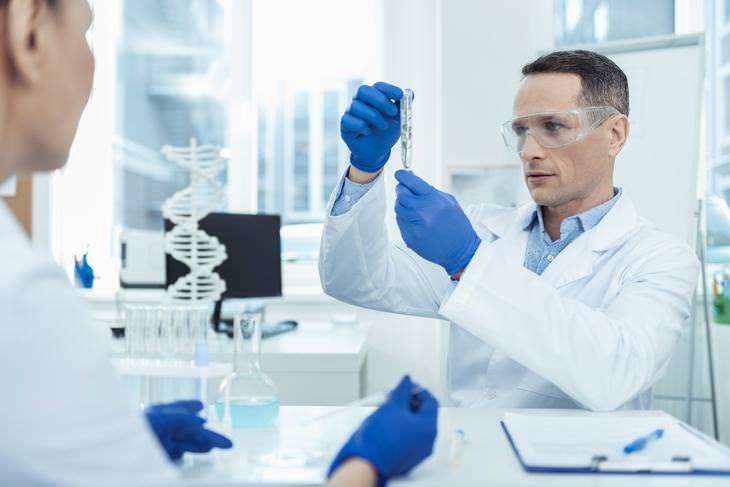

It was at this time that the FDA had effectively banned triclosan and 18 other compounds from consumer antiseptic wash products such as hand soap. However, the regulation was limited as it still allowed the chemical to be used in hand wipes or sanitizers and toothpastes. However, Janet Woodcock, director of the FDA's Center for Drug Evaluation and Research said, "Consumers may think antibacterial washes are more effective at preventing the spread of germs, but we have no scientific evidence that they are any better than plain soap and water."
Over the years, a growing body of evidence has come to suggest that triclosan is harmful to humans and to the environment. Initial studies pointed to concerns over the chemical acting as an endocrine disrupter in humans and also increasing the prominence of antibiotic-resistant bacteria.
However, the direct effect that the chemical has on human health has been controversially debated. According to a review by the government of Canada, it was recently concluded that when used in low concentrations triclosan is not harmful to human health. This includes the current levels found in cosmetics, shampoos, and toothpaste. The Canadian review does note, however, that the chemical can pose a hazard to the environment, and it has been seen to be very toxic and disruptive when found in river ecosystems. In fact, it has been noted as one of the top 10 pollutants found in rivers in the United States. Even more concerning is the result of a National Health and Nutrition Examination Survey which found traces of triclosan in 75% of urine samples from participants in the United States.
In a new study which was led by a team at the University of Massachusetts Amherst, it set out to explore if triclosan had any relationship with gut inflammation, which has been reported to be an increasingly diagnosed problem. The study fed mice amounts of the chemical relative to concentrations that have been identified in human blood samples. After three weeks of administration in healthy mice, a low-grade of colonic inflammation was identified.
The study then administered the same regime to mice that were genetically engineered to develop inflammatory bowel disease. But after three weeks, the development of symptoms relating to irritable bowel syndrome had significantly accelerated, as did the development of colitis-associated colon cancer cell growth. It was noted that one group of mice, in particular, displayed significantly reduced lifespan.

Researchers hypothesized that triclosan could be affecting the gut microbiome which could be the fundamental mechanism resulting in inflammatory effects. In order to look deeper into this mechanism, the study subsequently found that when fed to germ-free mice (those with no gut microbiome), they found that the harmful effects of triclosan disappeared. Furthermore, they discovered that triclosan did indeed lower the diversity of an animal's gut flora.
It's worth noting that this study is only demonstrated in a small mouse cohort and so far, it has not been validated in humans. But researchers do suggest the results indicate that the effects of this chemical on human health do indeed need urgent and close inspection.
Haixia Yang says "Little is known about the impact of this chemical on human health or other species. Our study indicates there is an urgent need to further evaluate the impact of triclosan exposure and update the potential regulatory policies."
For now, it seems that regulators may be dragging their heels on working out whether this chemical is harmful or not. But, in a statement released last year and co-signed by over 200 scientists and medical professionals suggests that we should probably just avoid it altogether. Within the Florida Statement report, it was found that despite the lack of definitive evidence of its harmful effects, there is no conclusive evidence of its efficacy as an anti-microbial agent.
Barbara Sattler, an environmental health professor at the University of San Francisco says "People think antimicrobial hand soaps offer better protection against illness, but generally, antimicrobial soaps perform no better than plain soap and water." Furthermore, an earlier study conducted at the University of Massachusetts Amherst team found that the chemical can build up to concerning levels of toxicity in the bristles of a toothbrush. What's worse, when a non-triclosan containing toothpaste was applied to the brush, the accumulated triclosan could be released in potentially harmful amounts.
Ultimately, this all leads to a scenario where we have a chemical compound in a variety of household products that is, at best, relatively ineffective, and at worst, cancer-causing and toxic to the environment. Still, further work needs to be done to establish, for certain, whether there is an inflammatory connection in humans. However, at this point, triclosan can be easily avoided by simply paying attention to the ingredient list of purchased products.